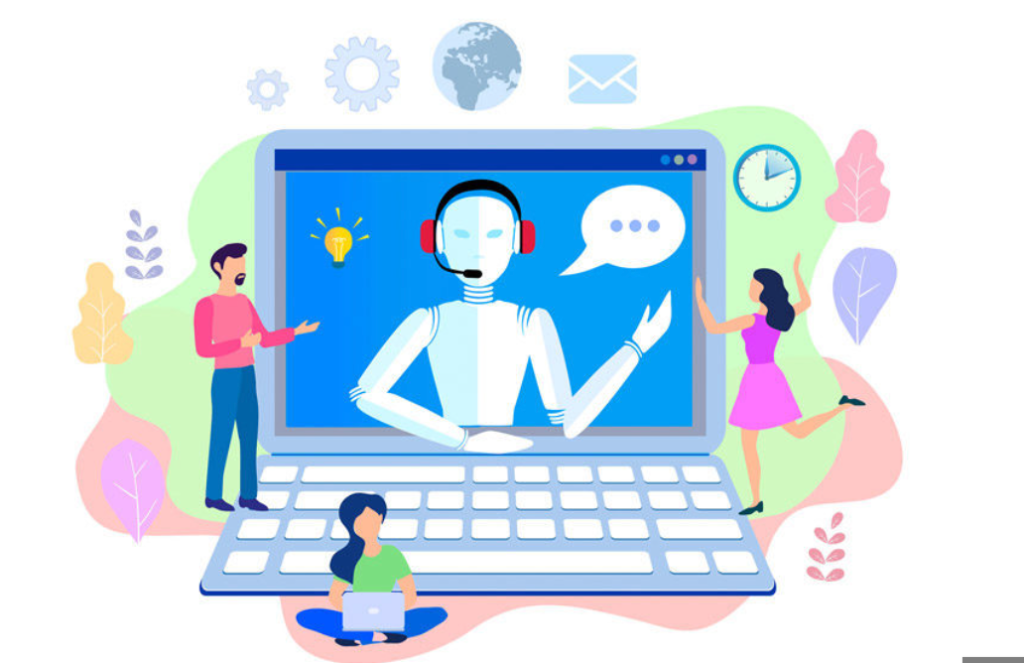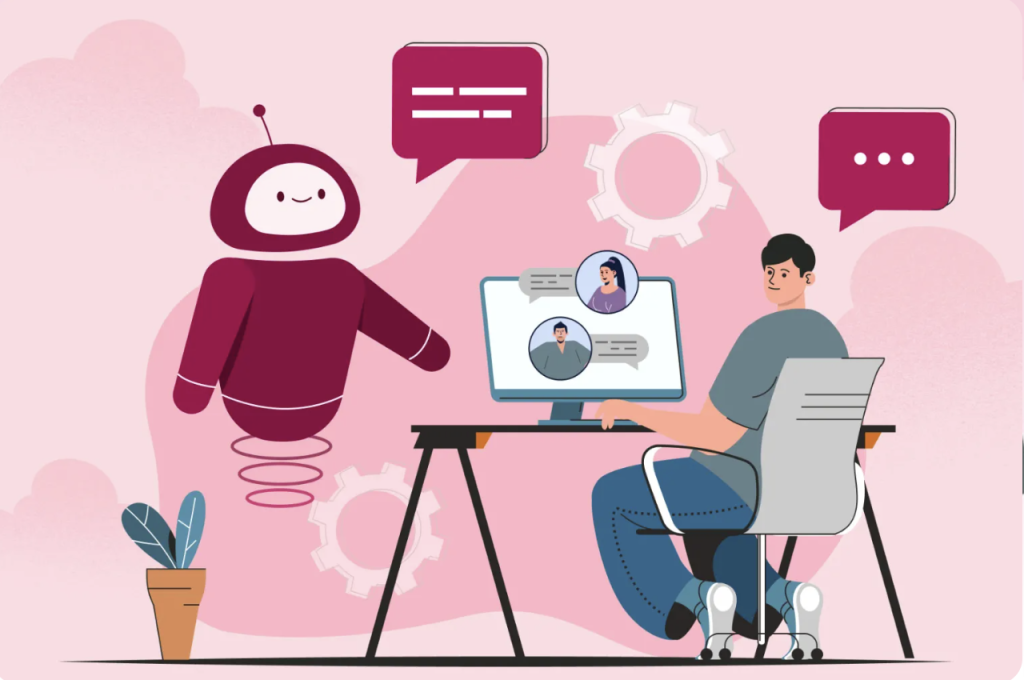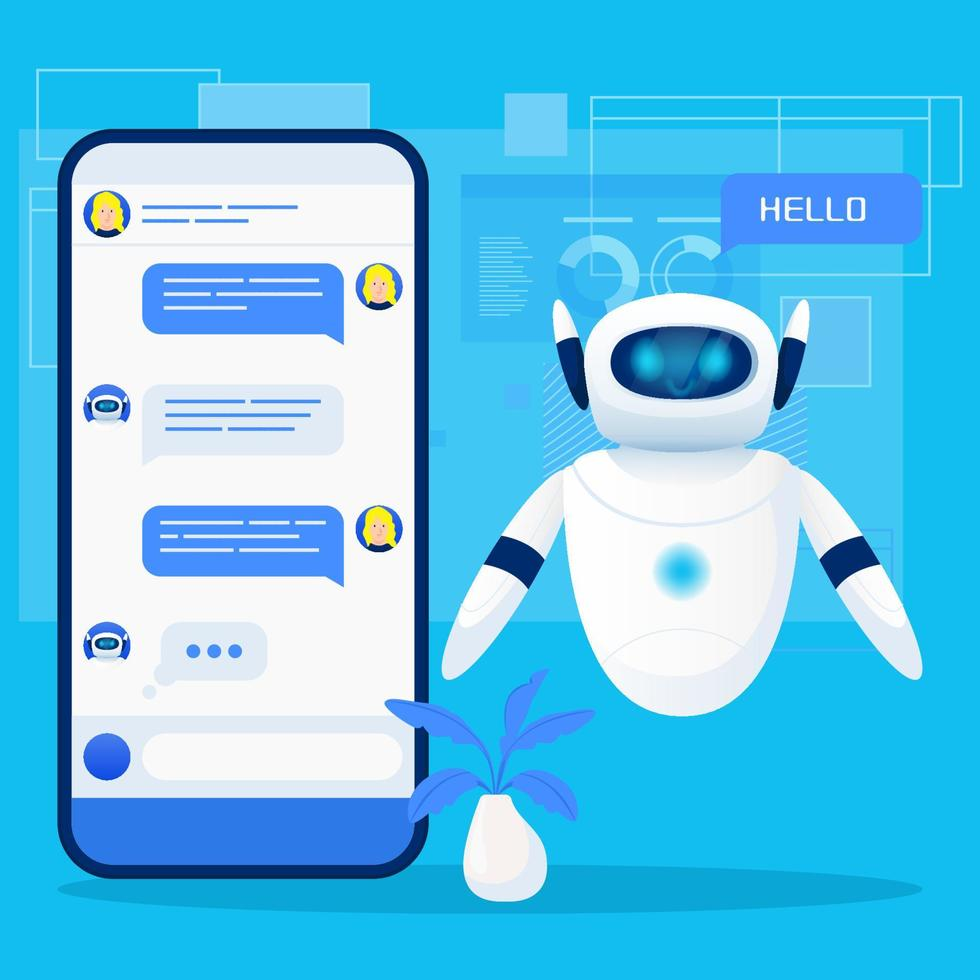As a seasoned expert in the field of AI and intelligent customer service solutions, I’ve witnessed firsthand the monumental shift in how businesses interact with their customers. We’re no longer in an era where customer service is just about answering calls and responding to emails. Today, it’s about creating seamless, personalized, and efficient experiences that not only meet but exceed customer expectations. And at the heart of this transformation lies Artificial Intelligence (AI) and Intelligent Automation.
In this ultimate guide, I’ll walk you through everything you need to know about leveraging AI and intelligent automation to empower your customer service. From understanding the basics to implementing advanced strategies, we’ll explore how these technologies can revolutionize your customer interactions.

Understanding the AI Revolution in Customer Service
What exactly do we mean by AI in intelligent customer service? Simply put, it’s about harnessing the power of intelligent technologies to enhance and automate various aspects of customer support. This isn’t about replacing human agents. It’s about augmenting their capabilities and freeing them from mundane tasks.
According to Zendesk’s Customer Experience Trends Report 2024, a significant majority of CX organizations believe that AI can help businesses provide more human-like and empathetic customer connections. The answer lies in AI’s ability to understand, but with unmatched speed and efficiency.
AI in customer service encompasses a range of technologies, including:
AI-Powered Chatbots:These are perhaps the most visible application of AI in customer service. Utilizing Natural Language Understanding (NLU) and Machine Learning (ML), chatbots can mimic human conversation to answer customer queries, provide instant support.
Intelligent Virtual Assistants (IVAs):Going beyond basic chatbots, IVAs offer a more sophisticated level of support. They leverage NLP and machine learning to understand context, learn from interactions, and provide more nuanced and personalized assistance.
Natural Language Processing (NLP):NLP is the backbone that enables AI to understand and process human language. It allows systems to interpret customer inquiries, analyze sentiment, and generate human-like responses. NLP is crucial for chatbots, IVAs, and other AI-driven customer service tools to effectively communicate with customers.
Machine Learning (ML):ML algorithms allow AI systems to learn from data and improve their performance over time. In customer service, ML can be used to personalize interactions, predict customer needs, optimize routing, and identify areas for service improvement.
Predictive Analytics:By analyzing historical data and trends, predictive analytics can help businesses anticipate customer needs, proactively address potential issues, and personalize service offerings. This allows for a more proactive and anticipatory approach to customer support.
Robotic Process Automation (RPA):While not strictly AI, RPA plays a crucial role in intelligent automation. RPA automates repetitive, rule-based tasks, freeing up agents to focus on more complex and customer-centric activities.
Real-World Applications: Use Cases of AI in Customer Service
The beauty of AI in customer service lies in its versatility. It’s not a one-size-fits-all solution but a toolbox of technologies that can be applied in numerous ways to address specific customer service challenges and opportunities.
Here are some compelling use cases:
AI-Powered Chatbots for Instant Support:Deploying chatbots on your website or app to handle frequently asked questions, provide basic troubleshooting, and guide customers through simple processes. For example, Klarna’s AI customer service assistant, powered by OpenAI, managed a workload equivalent to 700 full-time agents in its first month, as highlighted by AI Agents Open the Golden Era of Customer Experience.
Intelligent Routing for Efficient Ticket Management:Using AI to analyze incoming customer inquiries and automatically route them to the most appropriate agent or department based on skills, expertise, and availability. This ensures faster resolution times and improves agent utilization.
Proactive Customer Service with Predictive Analytics:Leveraging AI to identify customers who might be experiencing issues or are likely to need assistance based on their behavior and past interactions. This allows for proactive outreach and support, preventing problems before they escalate.
Personalized Recommendations and Upselling:Using AI to analyze customer data and preferences to offer personalized product recommendations and upsell opportunities. This enhances the customer experience and drives revenue growth.
Automated Ticket Summarization and Agent Assistance:Employing AI to automatically summarize customer interactions, generate call notes, and provide agents with real-time knowledge base access and suggested responses during live conversations. This streamlines workflows and empowers agents to be more efficient.
Sentiment Analysis for Enhanced Empathy:Utilizing AI to analyze customer sentiment during interactions, allowing agents to understand customer emotions and tailor their responses accordingly. This leads to more empathetic and understanding interactions, as emphasized by Empower your agents with intelligent real-time assistance .

Implementing AI: A Step-by-Step Approach
Ready to embark on your AI-powered customer service journey? Here’s a practical roadmap to guide your implementation process:
Define Clear Goals and Objectives:Start by identifying your specific customer service challenges and what you aim to achieve with AI. Do you want to reduce wait times, improve first-call resolution, personalize interactions, or lower costs? Having clear objectives will guide your technology selection and implementation strategy.
Choose the Right AI Tools and Solutions:The AI customer service landscape is vast and evolving. Carefully evaluate different AI platforms, tools, and vendors based on your specific needs, budget, and technical infrastructure. Consider factors like ease of integration, scalability, and features offered. 15 Best AI Customer Service Software Heading Into 2025 offers a list of software options.
Integrate AI with Existing Systems:Seamless integration with your CRM, knowledge base, and other customer service systems is crucial for maximizing the effectiveness of AI. Ensure that your chosen AI solutions can integrate smoothly with your existing infrastructure to create a unified and efficient ecosystem.
Train Your Team and Embrace Change Management:Implementing AI is not just about technology. It’s also about people. Invest in training your customer service agents on how to effectively use AI tools and collaborate with AI systems. Address any concerns about job displacement and emphasize the role of AI as an enabler, not a replacement, for human agents.
Start Small and Iterate:Don’t try to overhaul your entire customer service operation overnight. Begin with pilot projects in specific areas, such as deploying a chatbot for FAQs or implementing intelligent routing for a particular channel. Monitor the results, gather feedback, and iteratively expand your AI implementation based on what works best for your business and customers.
Continuously Monitor, Analyze, and Optimize:AI implementation is an ongoing process, not a one-time project. Continuously monitor the performance of your AI systems, analyze key metrics, and identify areas for optimization and improvement. Regularly review your AI strategy and adapt it to evolving customer needs and technological advancements.
Navigating Challenges and Considerations
While the potential of AI in customer service is immense, it’s important to be aware of potential challenges and considerations:
Maintaining the Human Touch:Customers still value human interaction, especially for complex or emotionally charged issues. Strive for a balance between AI-powered automation and human empathy. Ensure that customers can easily escalate to a human agent when needed.
Data Privacy and Security:AI systems rely on data, and customer data must be handled responsibly and ethically. Comply with data privacy regulations, ensure data security, and be transparent with customers about how their data is being used.
Initial Investment and ROI:Implementing AI can involve upfront costs for technology, integration, and training. Carefully evaluate the potential ROI and choose solutions that align with your budget and long-term business objectives.
Algorithm Bias and Fairness:AI algorithms can sometimes reflect biases present in the data they are trained on. Be mindful of potential biases in AI systems and take steps to ensure fairness and equity in customer service interactions.
The Future is Intelligent: Embracing the AI-Powered Customer Service Era
As AI technology continues to evolve at an unprecedented pace, its role in customer service will only become more profound. We are moving towards a future where AI-powered systems will seamlessly blend with human agents to deliver truly exceptional customer experiences.
Expect to see even more sophisticated AI applications in the coming years, including:
Hyper-Personalization:AI will enable even deeper levels of personalization, tailoring every interaction to individual customer preferences and needs in real-time.
Generative AI for Content Creation:Generative AI models will be used to create personalized knowledge base articles, FAQs, and even customized communication for individual customers, as highlighted by Customer Service with Generative AI – Dynamics.
Proactive and Predictive Service at Scale:AI will become even more adept at anticipating customer needs and proactively resolving issues before customers even realize they exist.
Seamless Omni-channel Experiences:AI will power truly seamless omni-channel customer service, allowing customers to interact across different channels without losing context or experiencing fragmented support.

Empowering Your Customer Service Future
AI and intelligent automation are no longer futuristic concepts. They are here, now, transforming customer service as we know it. By embracing these technologies strategically and thoughtfully, businesses can empower their customer service teams, elevate customer experiences, and gain a significant competitive advantage.
This ultimate guide has provided you with a comprehensive overview of the AI revolution in customer service. Now, it’s time to take the next step. Start exploring the possibilities, define your goals, and embark on your journey to empower your customer service with the transformative power of AI and intelligent automation. The future of customer service is intelligent, personalized, and efficient – and it’s within your reach.
You can also read:




